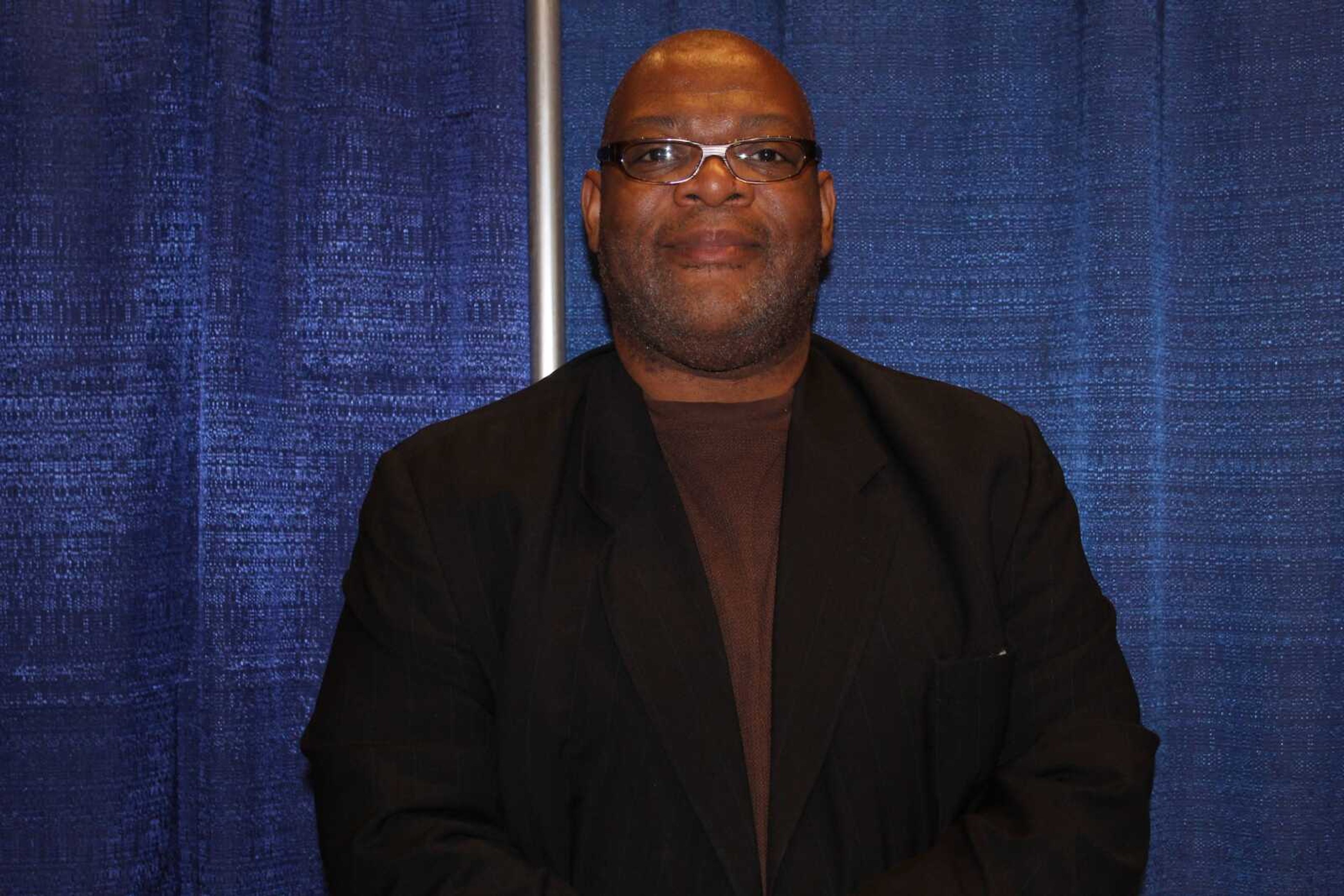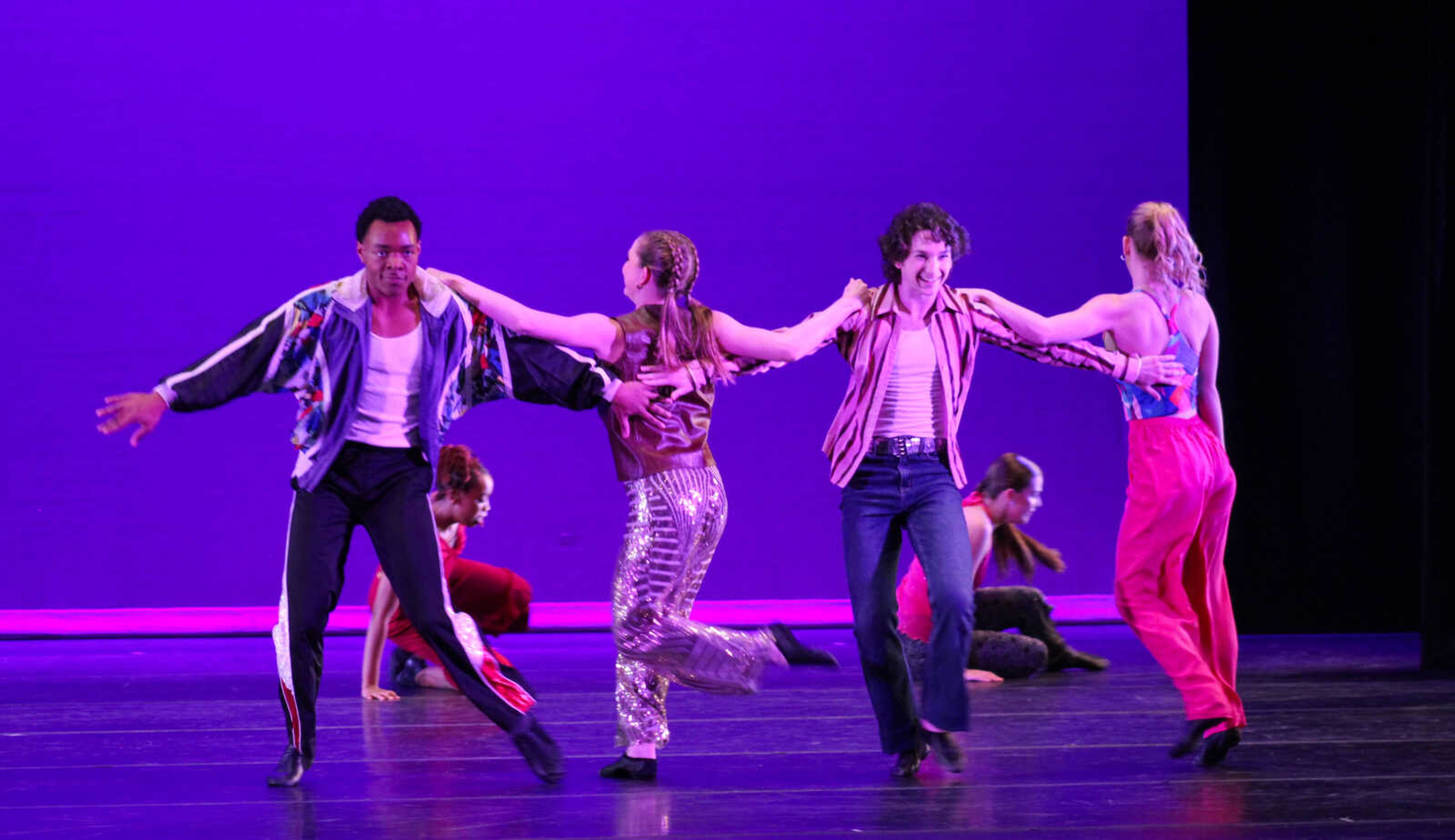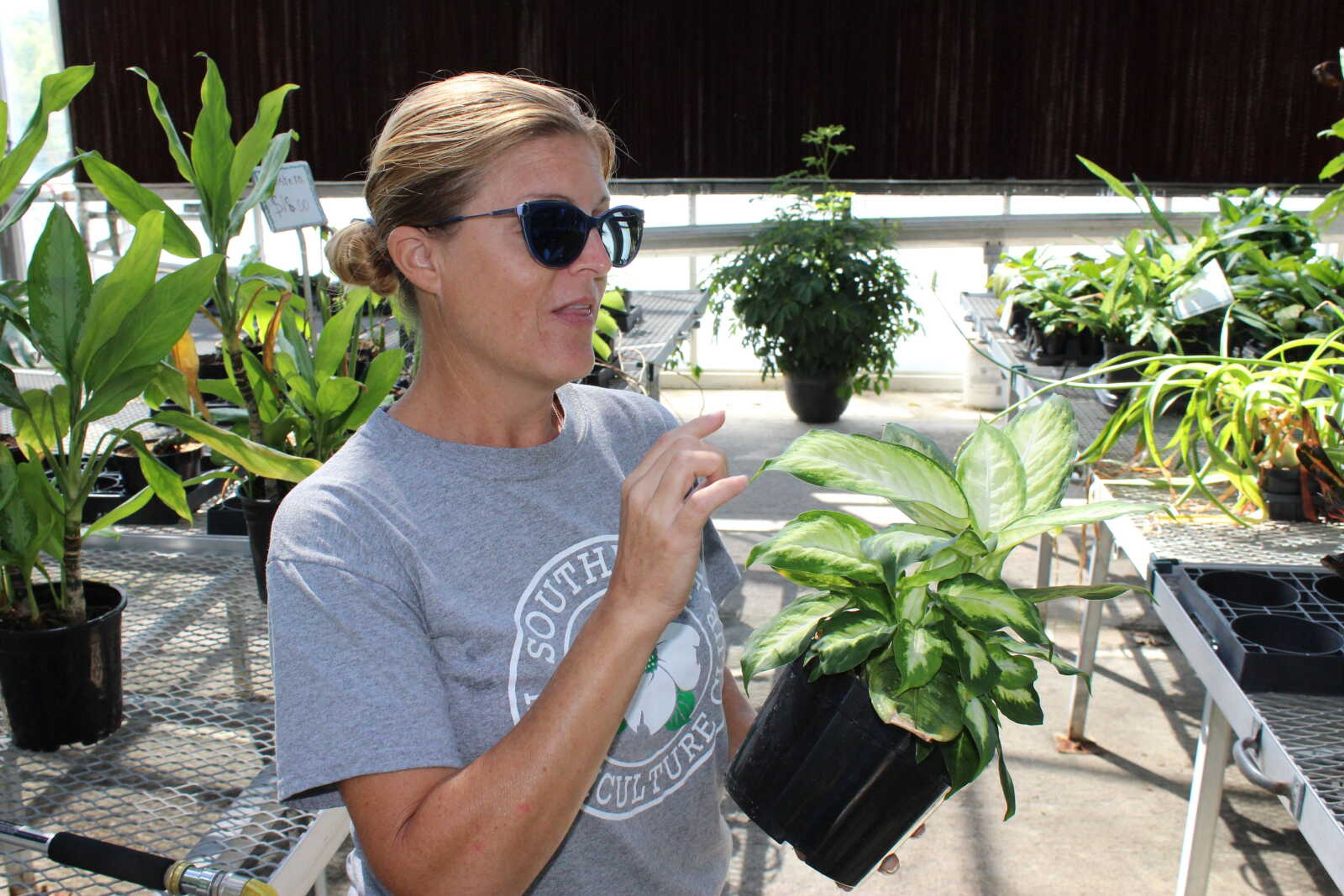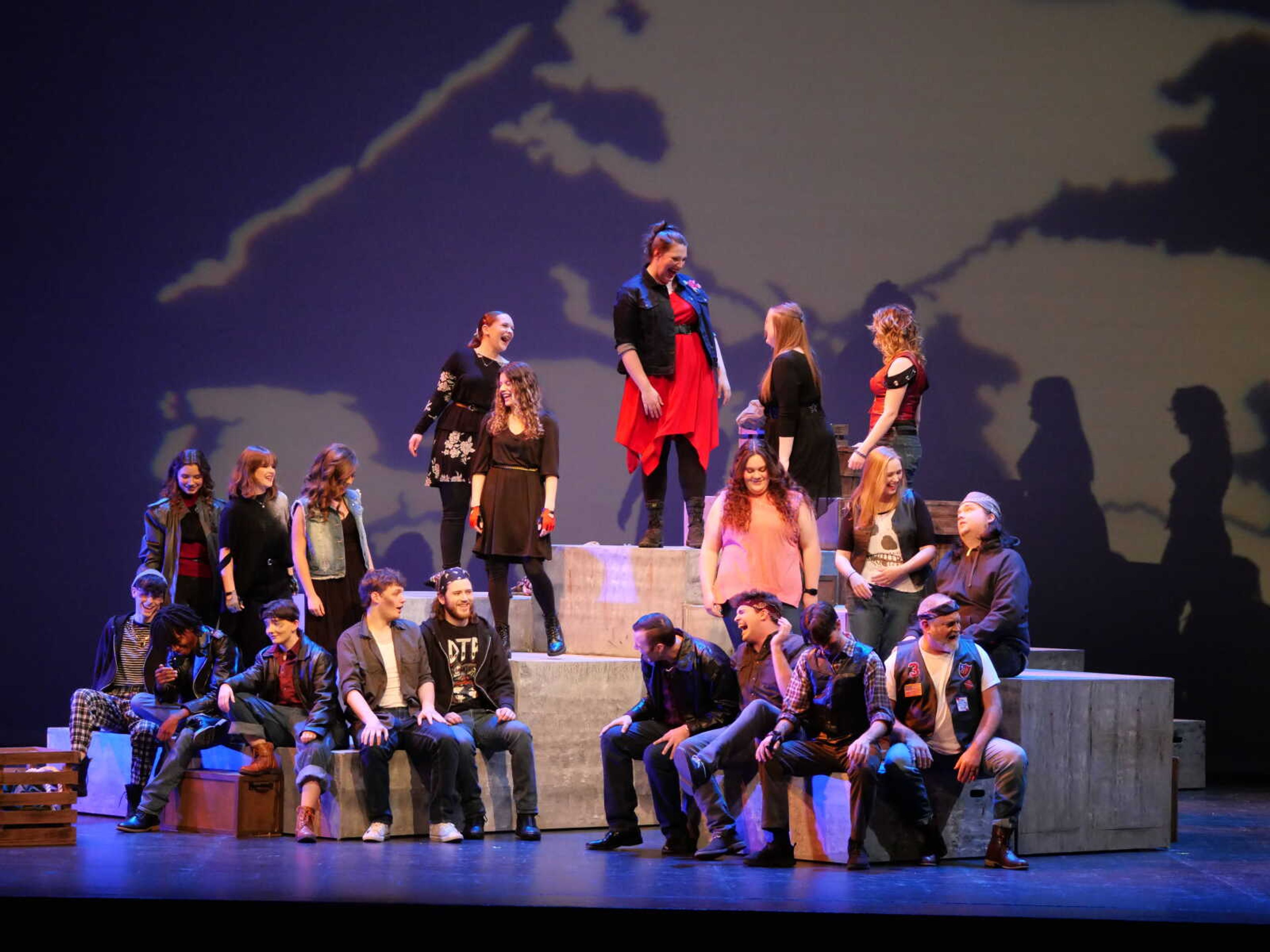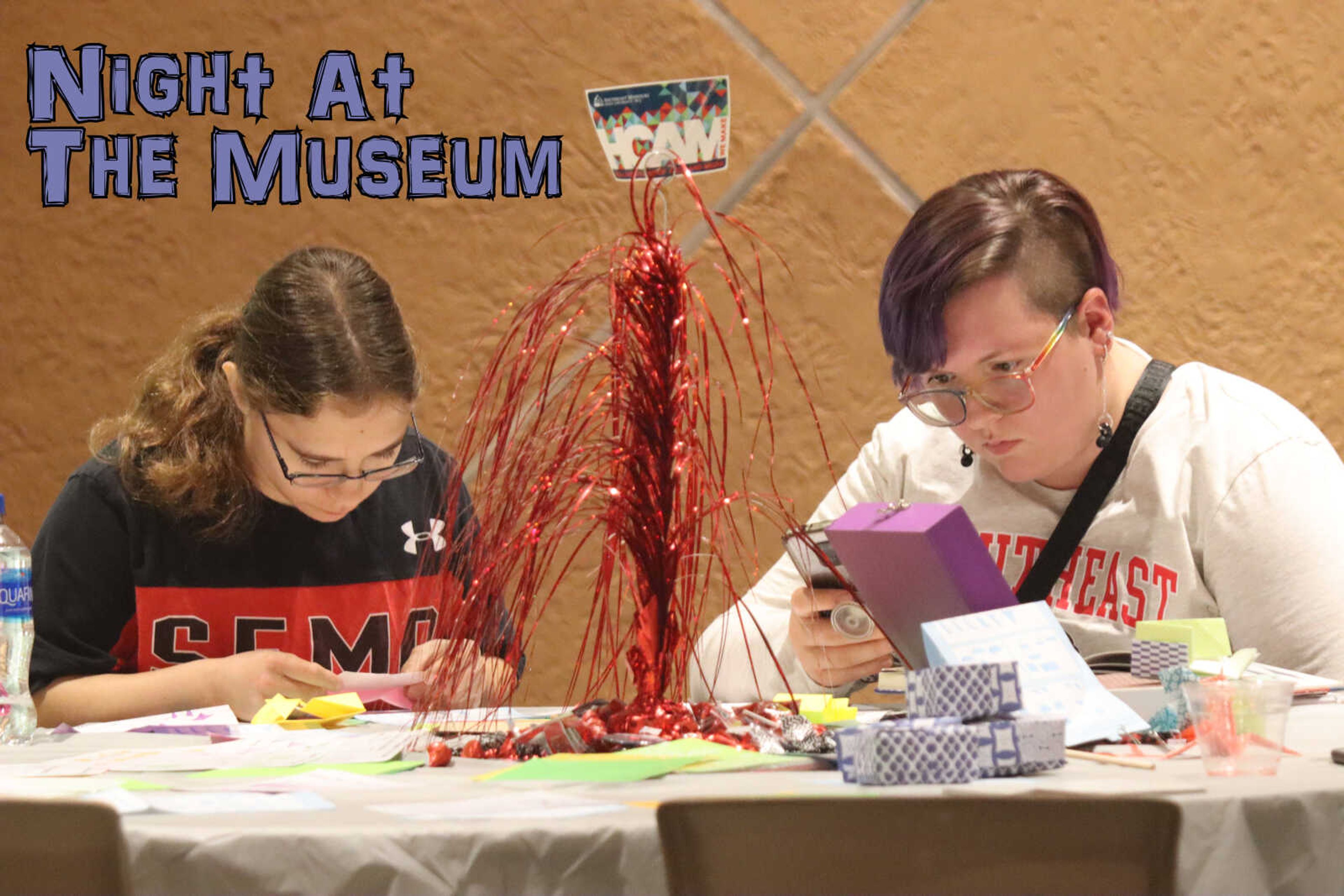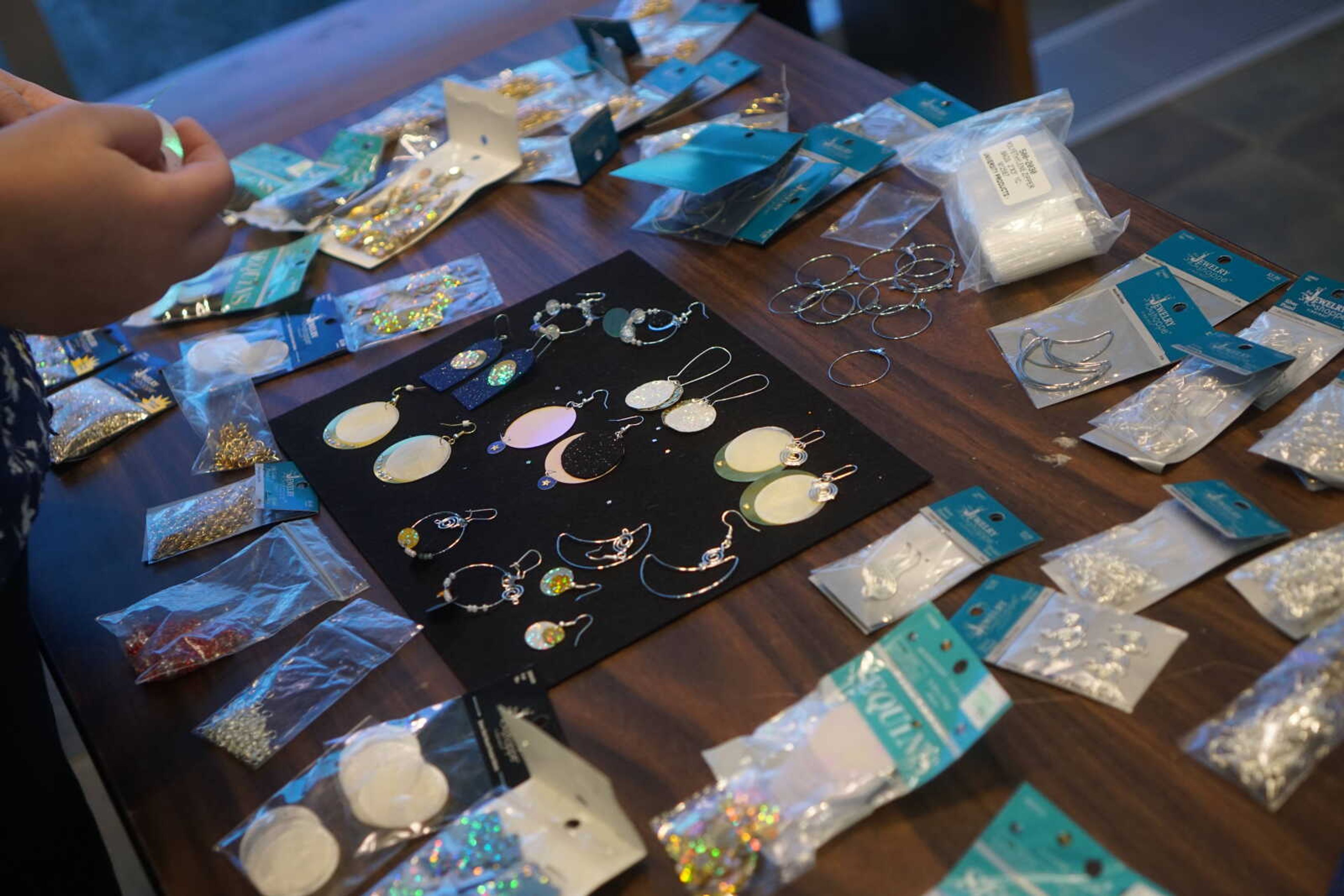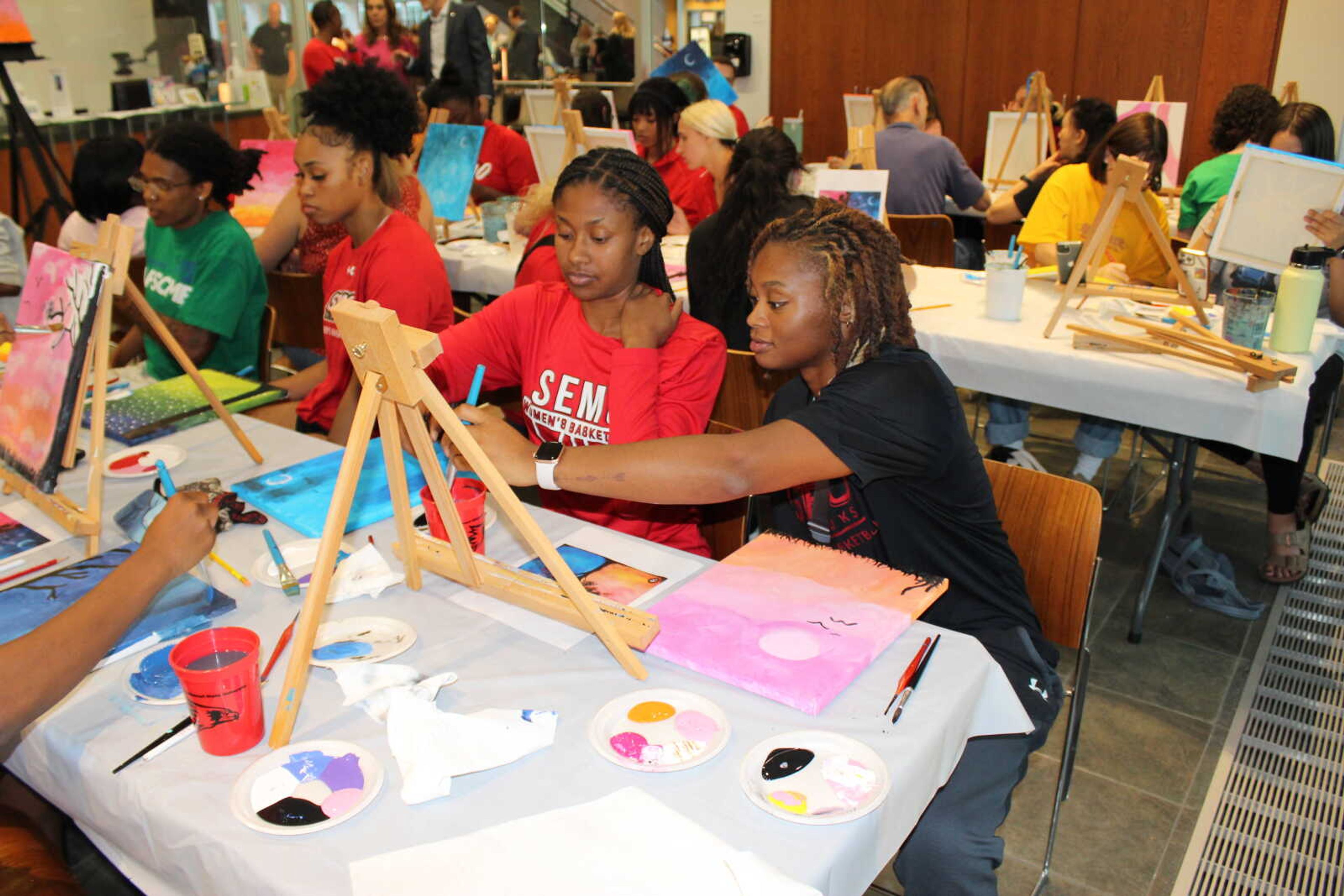Charles Phillip Gause, Professor & Department Chair of Leadership, Middle and Secondary Education at Southeast addressed the evolution of the black male image in popular culture during the weekly Historic Talk Tuesday, on Feb. 12 at Crisp Museum on the River Campus.
Gause used a timeline of events and public figures to show the continuous evolution of the black male image in popular culture.
His presentation, which encouraged open discussion among those attending, provoked thought about whether the black male image in life was imitating art, or art imitating life.
Within the presentation, Gause began with images from the Civil Rights Movement to show the initial portrayal and representation of black males.
Later, images of controversial figures such as rapper 50 Cent and boxer Mike Tyson were presented to show how the image of fearlessness turned into a possibly toxic ideal of toughness in the black male community.
Finally, current figures were used to show the positive side of the black male image, such as singer John Legend being an outspoken black feminist, Ken Chenault representing the power of the black businessman, and even the growth of less traditionally masculine occupations such as black male models.
Gause left the discussion open to the audience as to where they thought the image could develop in the future.
Gause said his passion for the subject began with his experience as an educator in public schools and continued while visiting and living in urban centers. His interest intensified as he began to research the topic.
Although the presentation is timely with Black History Month, Gause said speaking about the subject is a year-round duty, and whenever the opportunity to discuss it is given, it should be taken.
“My job as an educator is to educate 24/7, not just when the material is relevant,” Gause said.
After reflecting on the history of the black male image, Gause believes that given the more recent acceptance in the 2000s by the American population, black males involved in politics, sports, music and education will continue to grow and develop.
“I’m hopeful that the more negative images will be less recognized, and that the more positive side of how black males are portrayed will be highlighted. I believe that shift will be made in our future because of conversations like these,” Gause said.
Gause’s mission when hosting these talks is to connect and build communities.
“I want them to be inspired to increase the level of conversation and engagement around diversity and inclusion-- that people make connections with new social groups and welcome them,” Gause said.
Audience member Denise Lincoln said she is an ardent student of African American history and believes such events are important in raising awareness.
“It’s revealing to hear the thoughts of others and to hold yours up to theirs and see where you may be in or out of step,” Lincoln said. “Being educated on these subjects can be a good self-check.”
Crisp Museum at the Southeast River Campus hosts weekly ‘Historic Talk Tuesday’ every Tuesday at 7 p.m.
